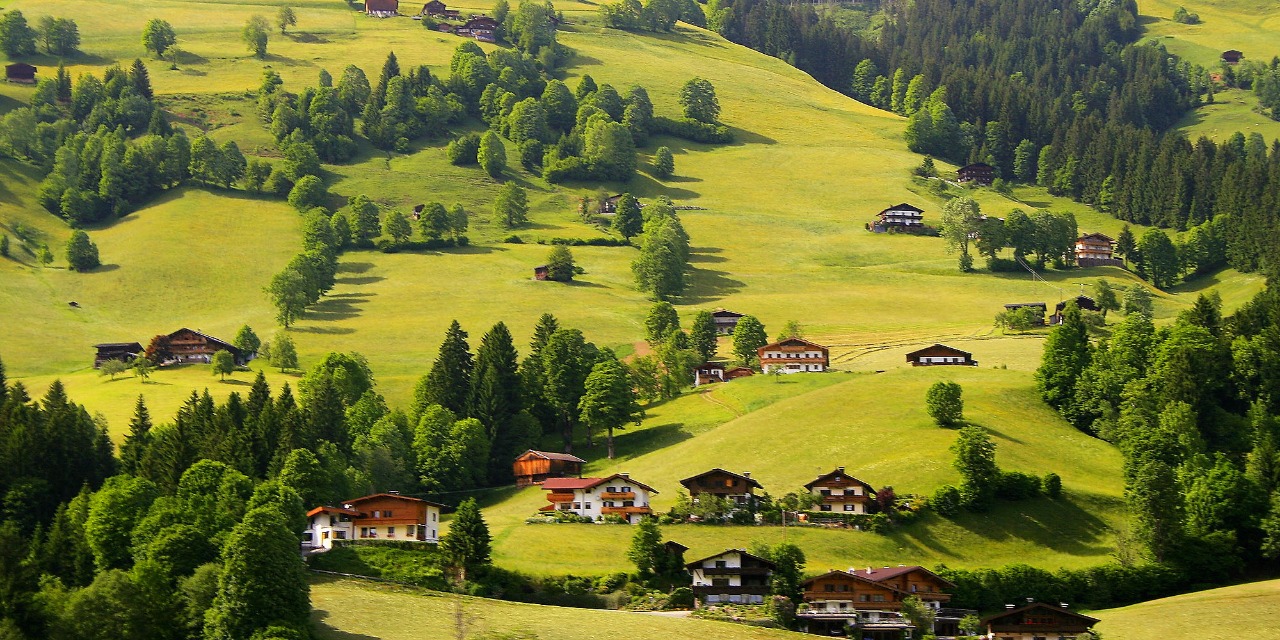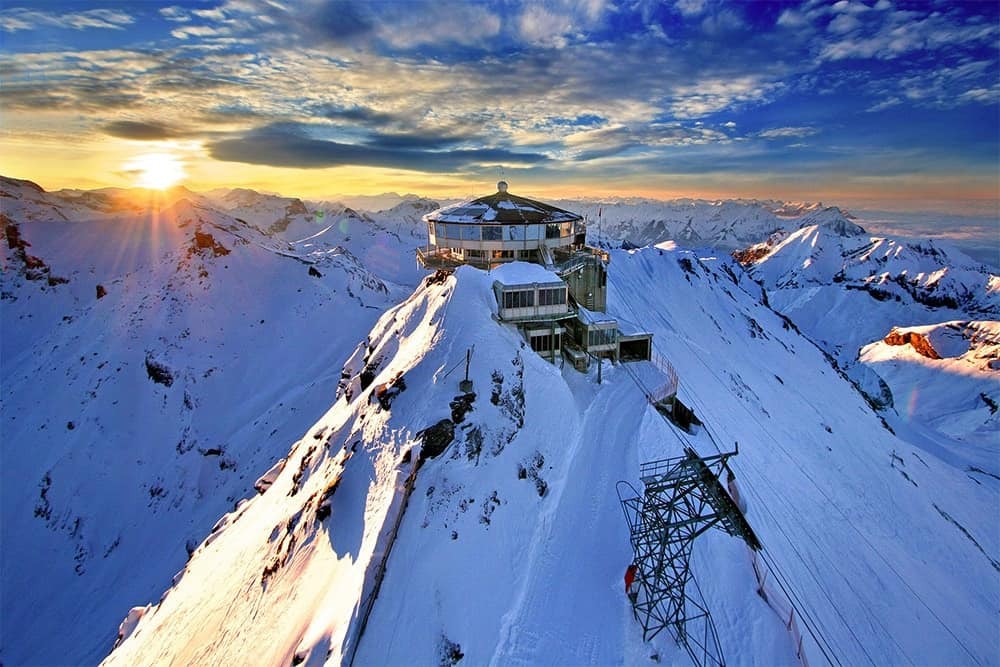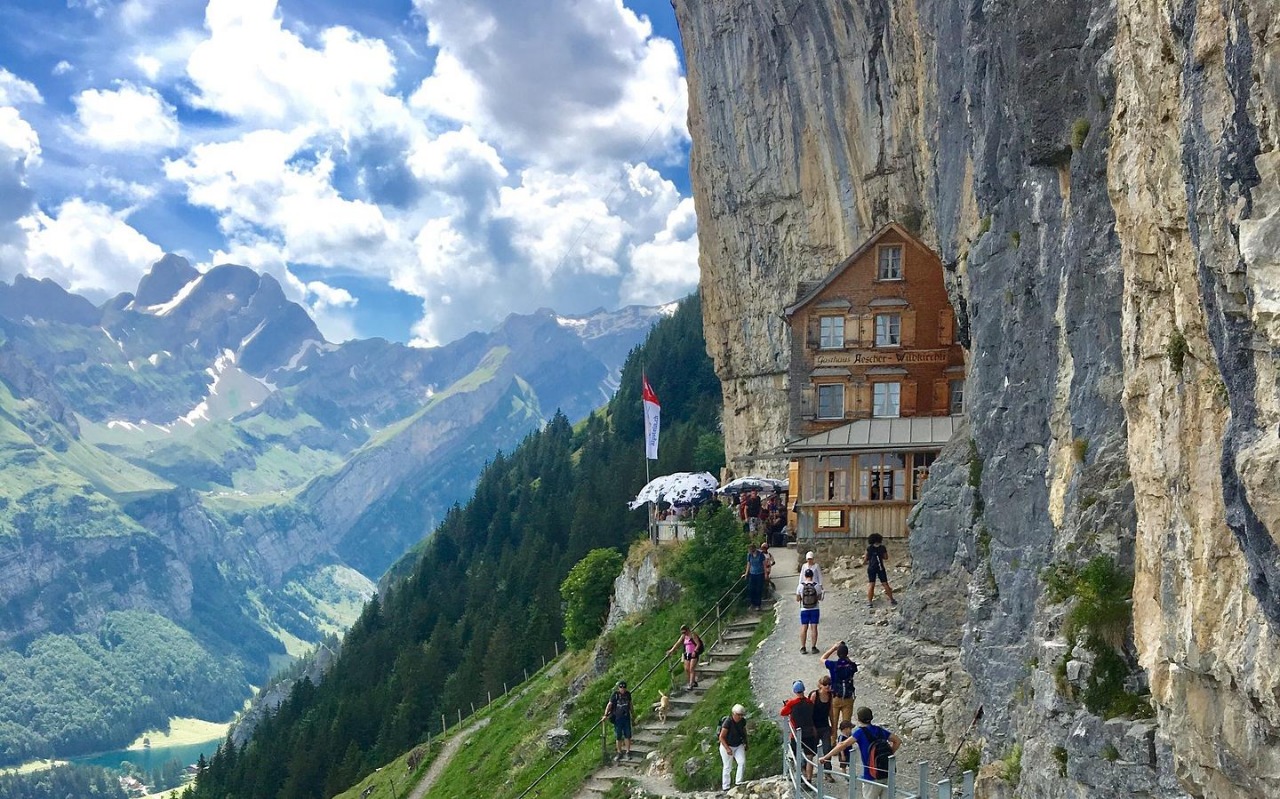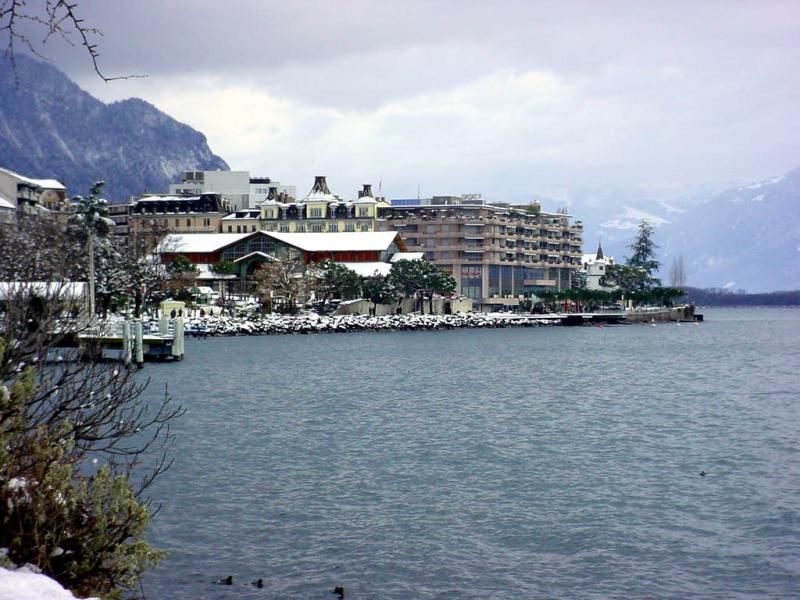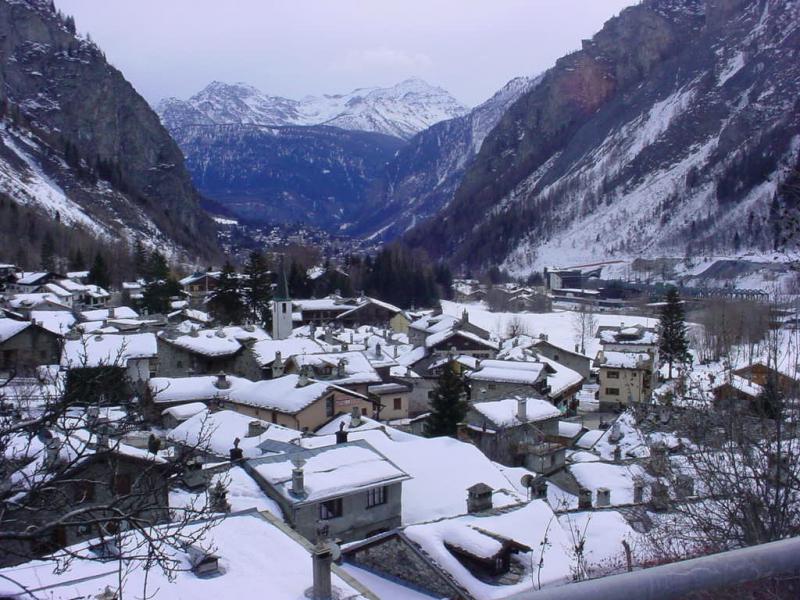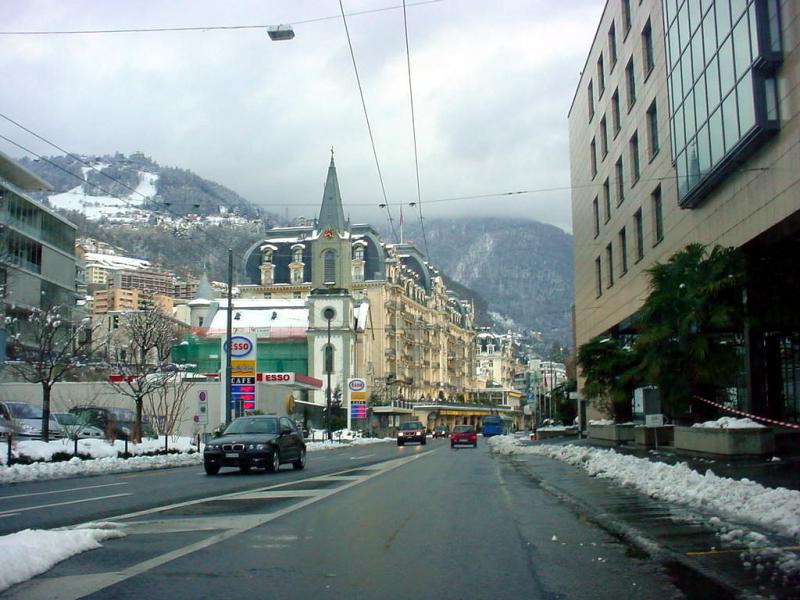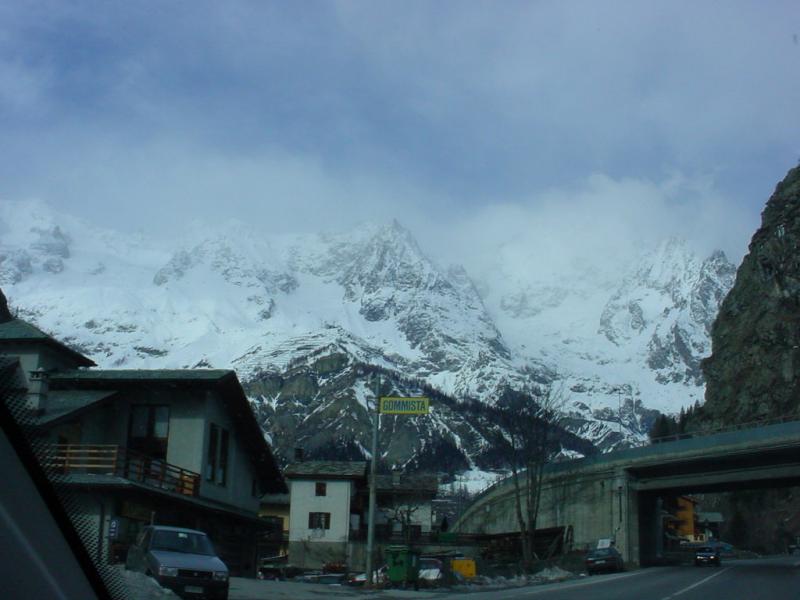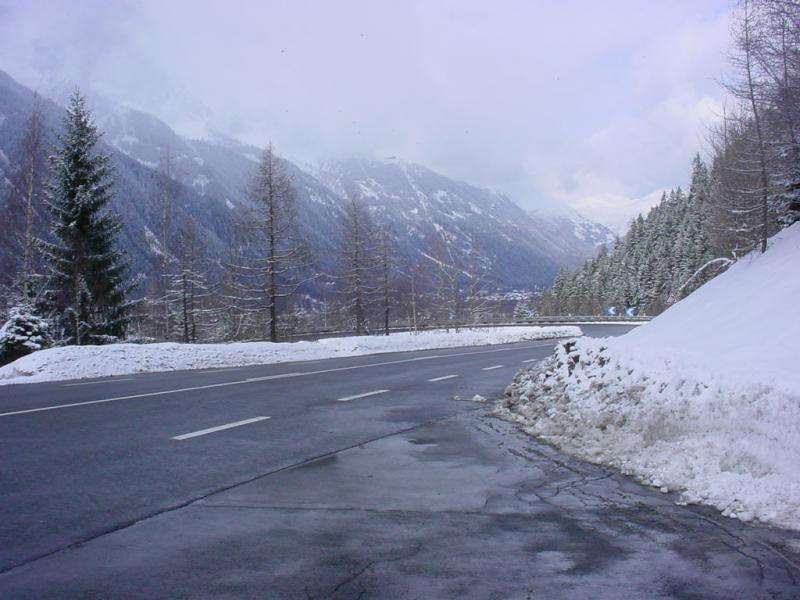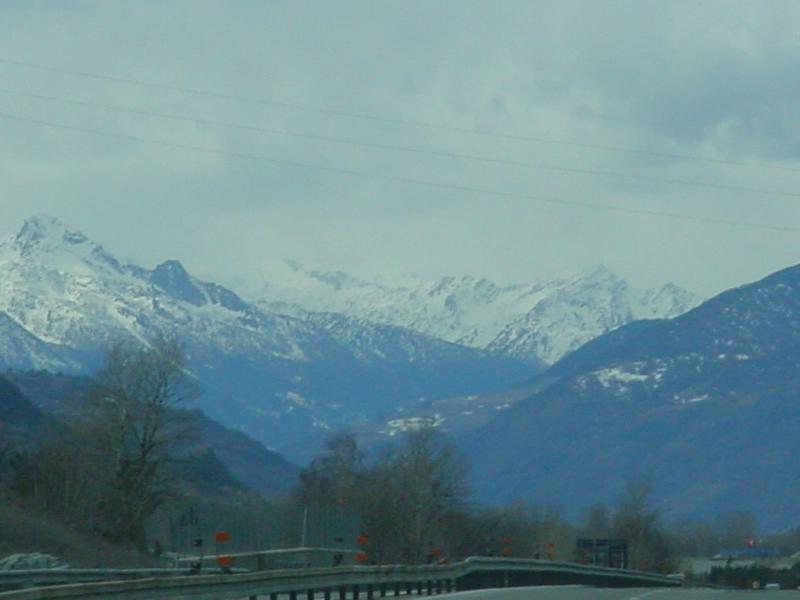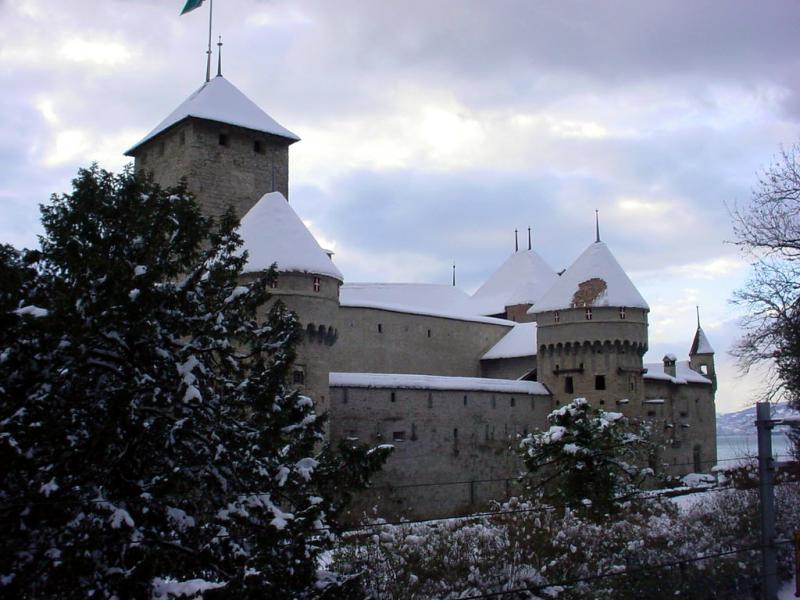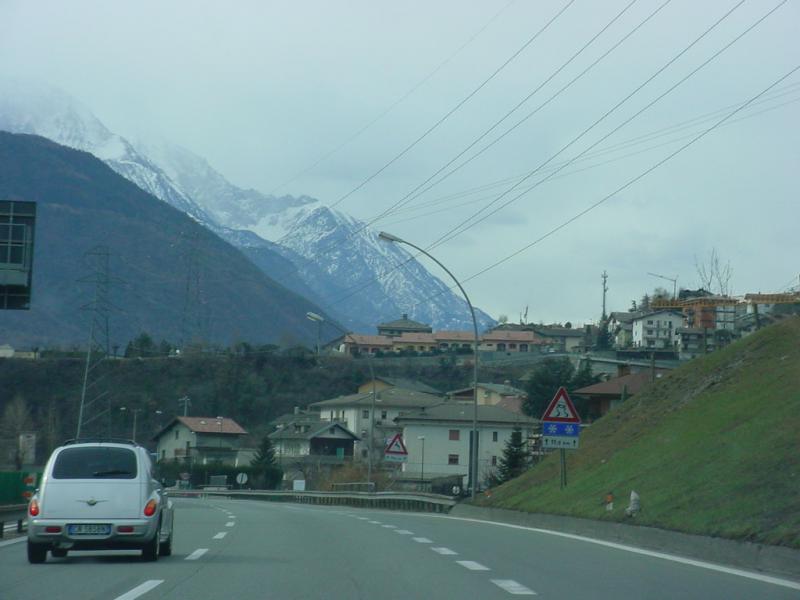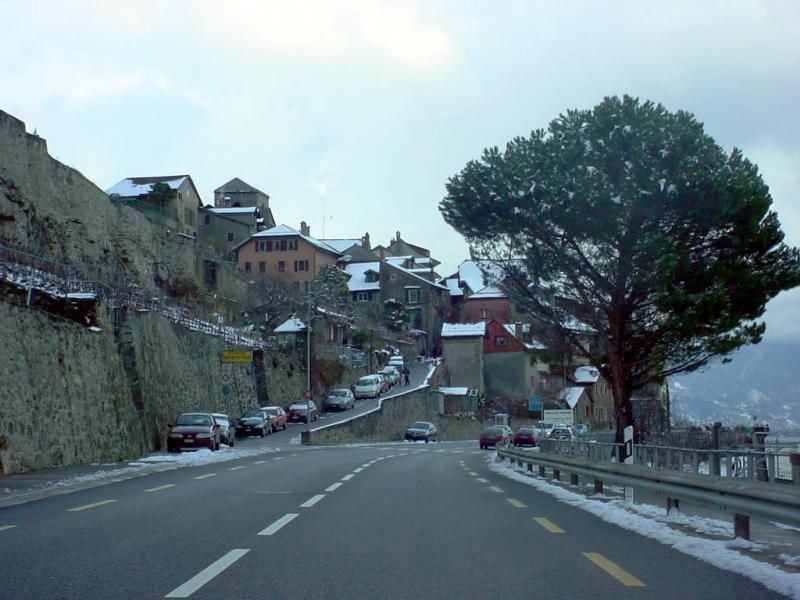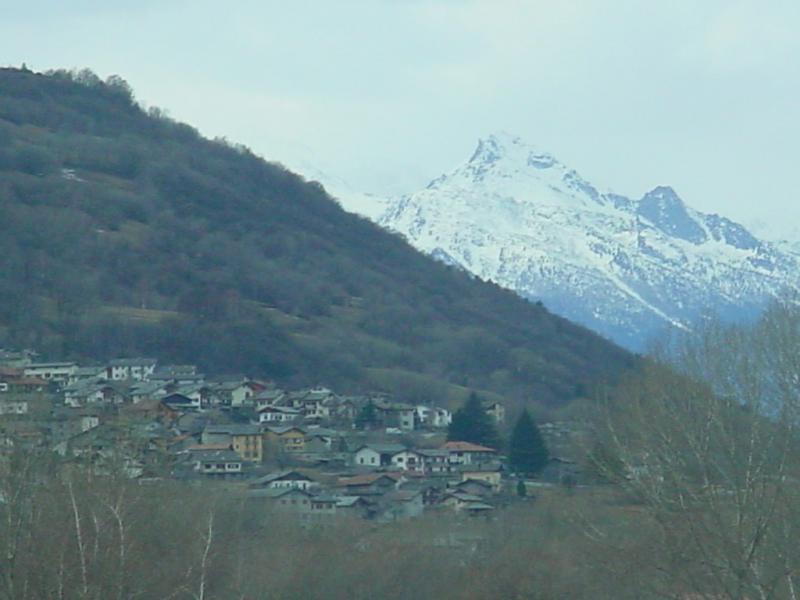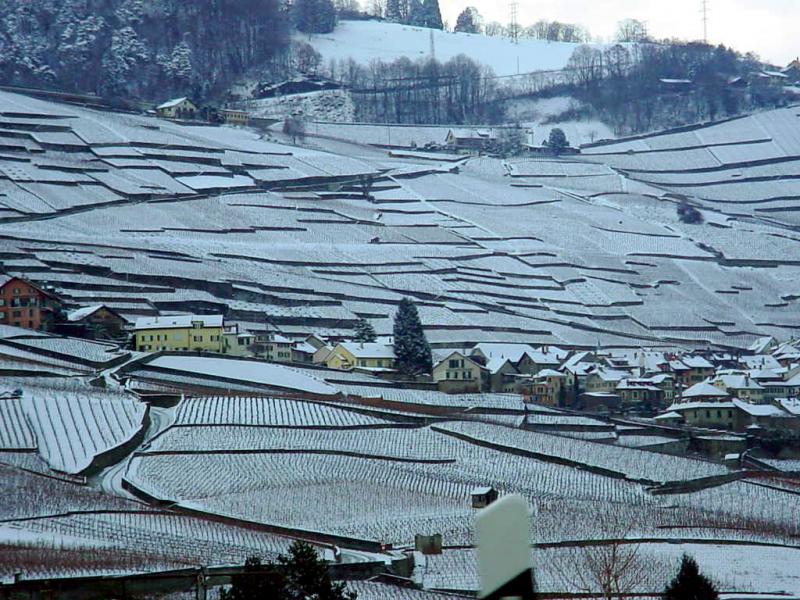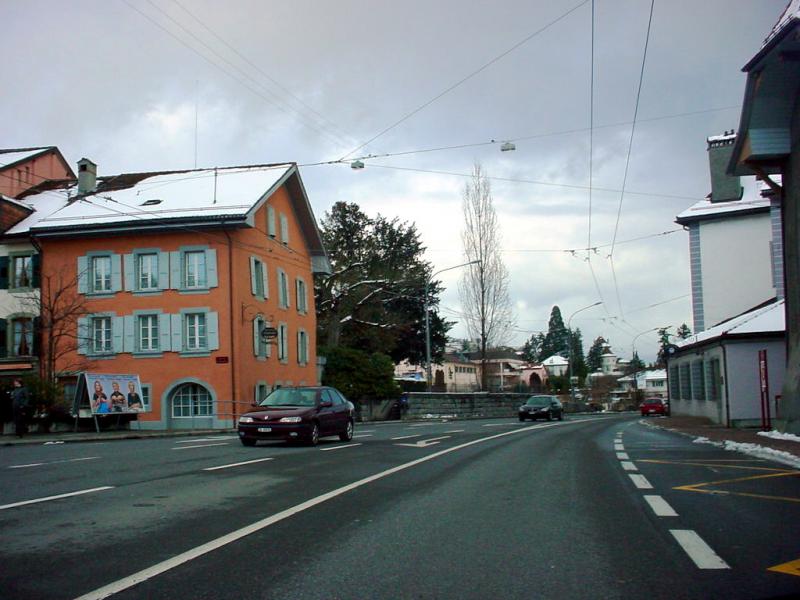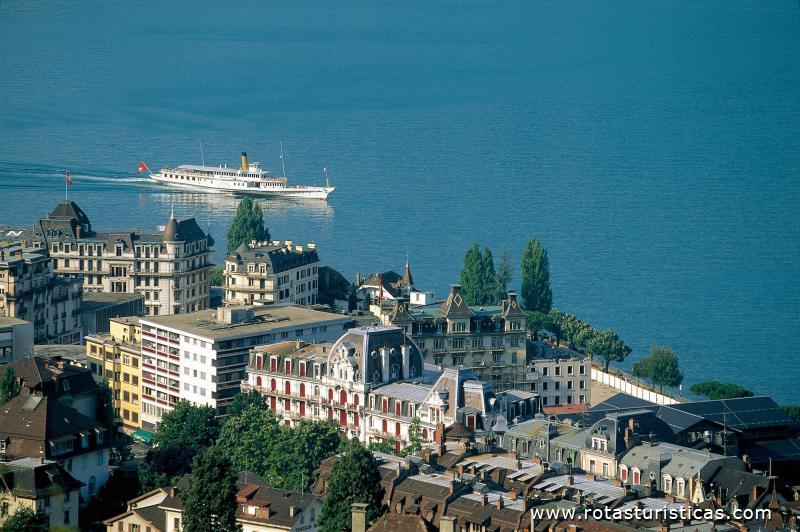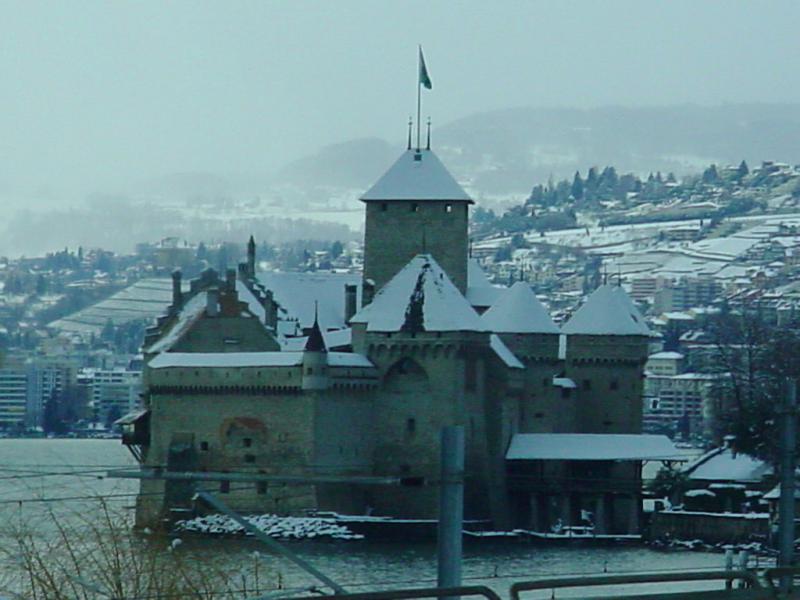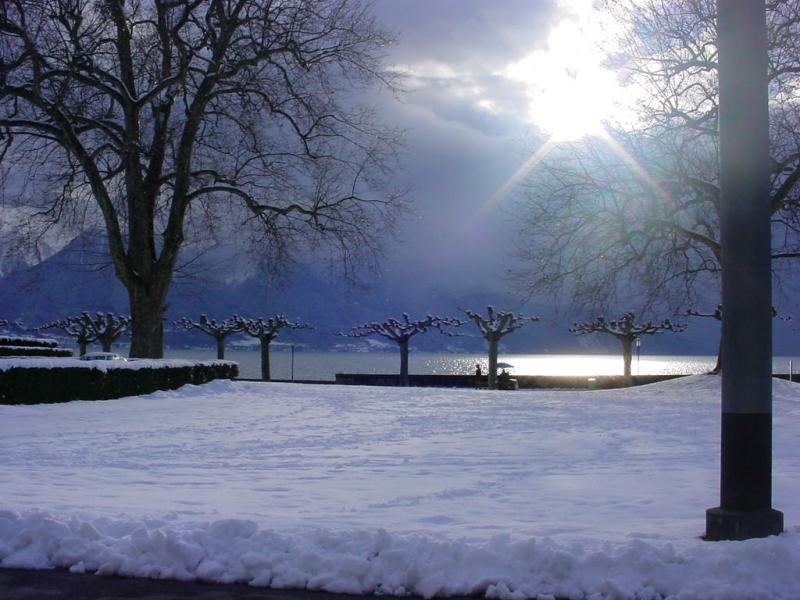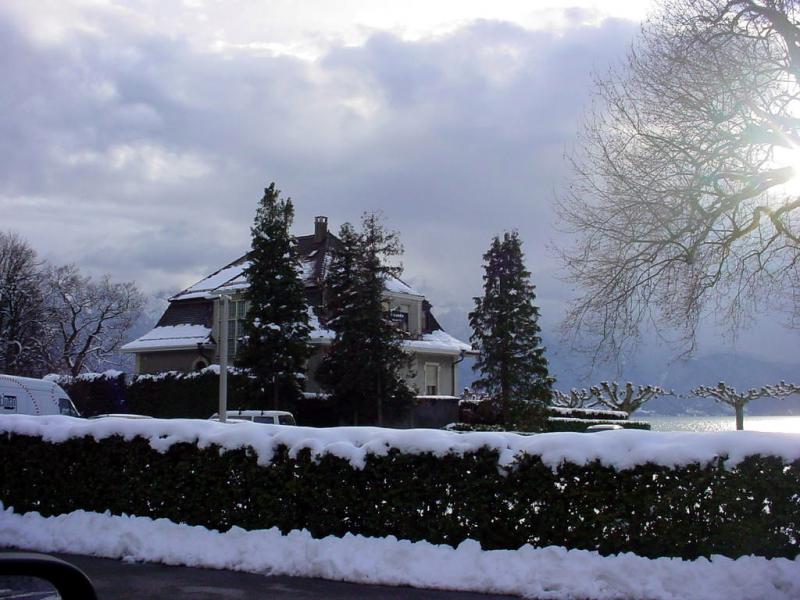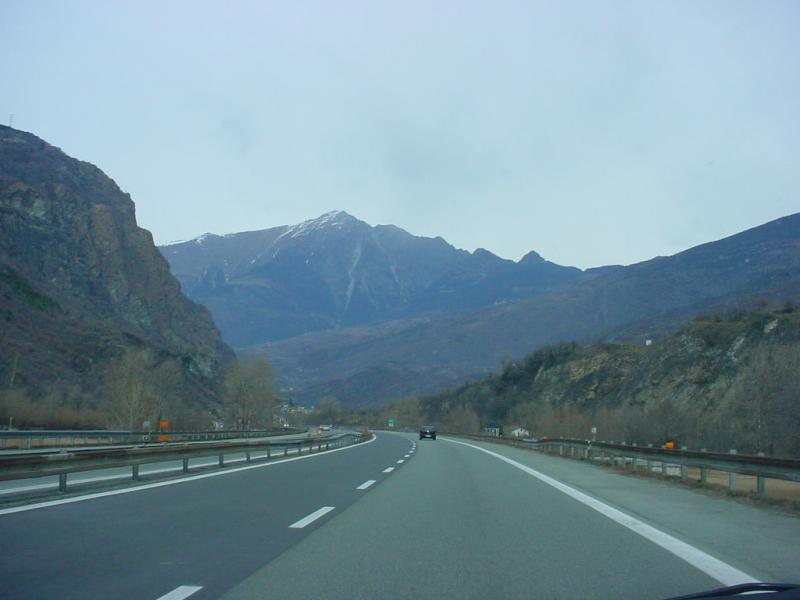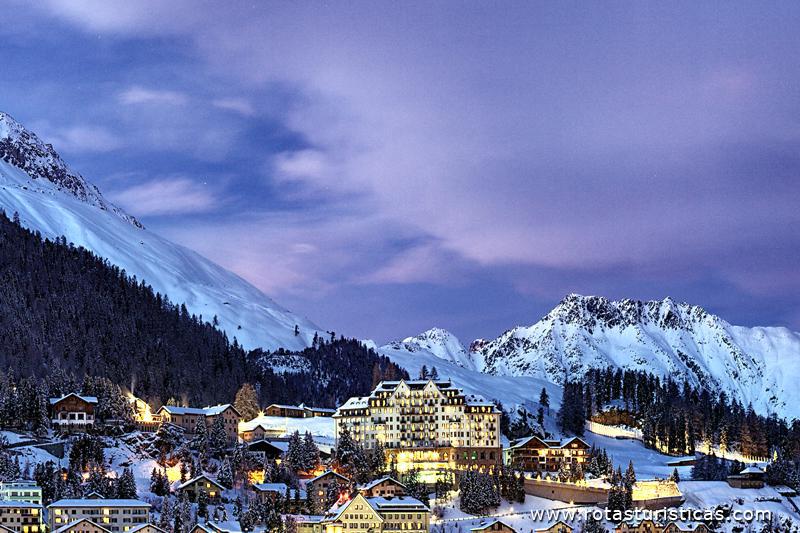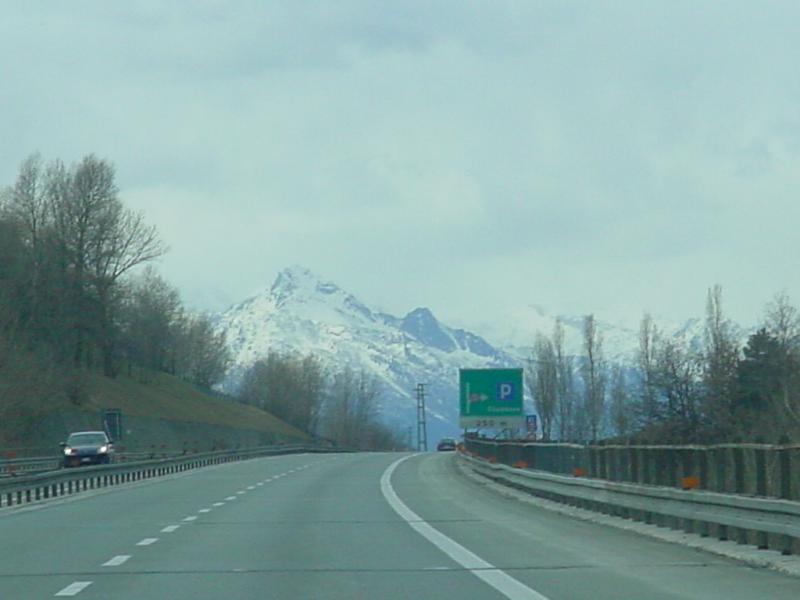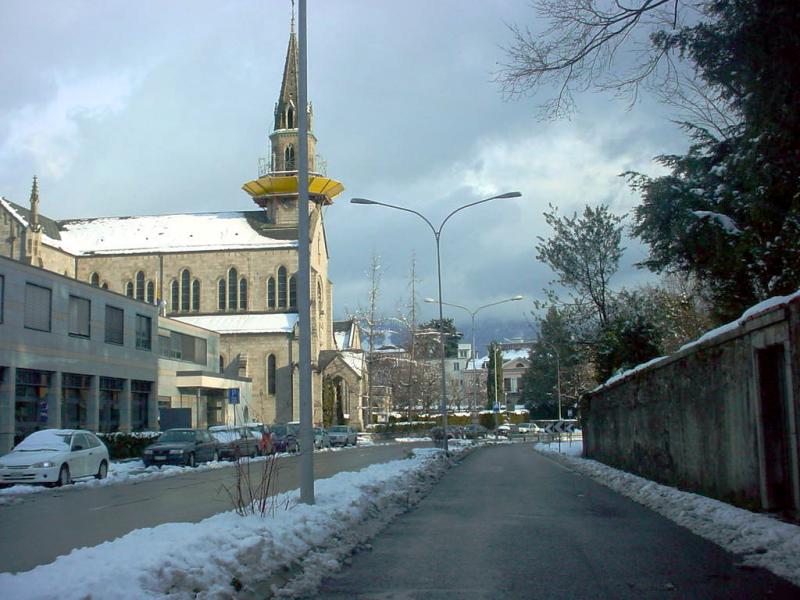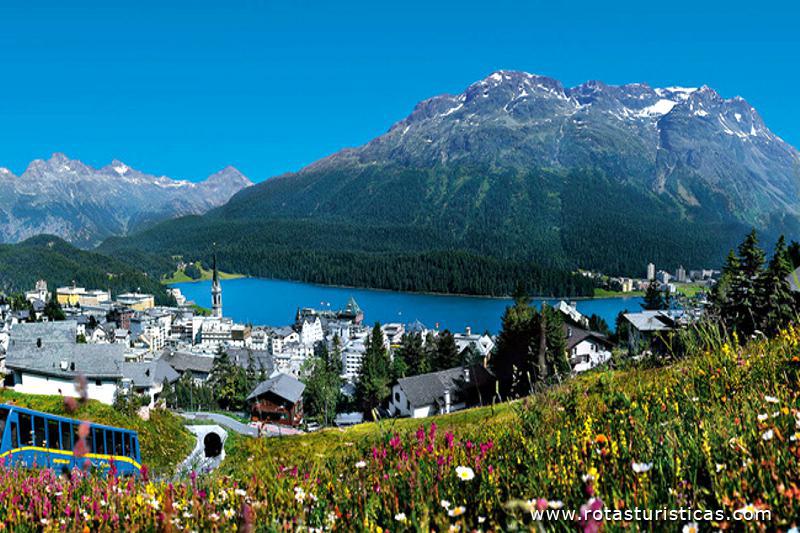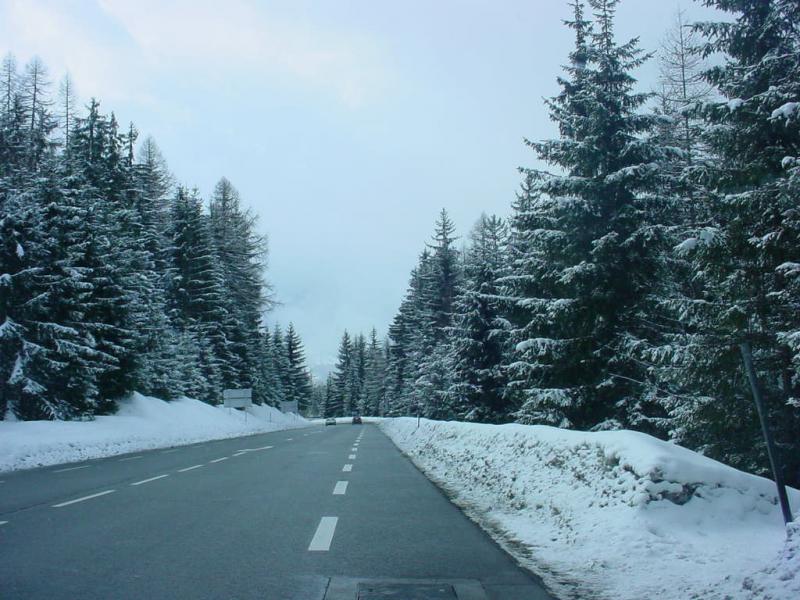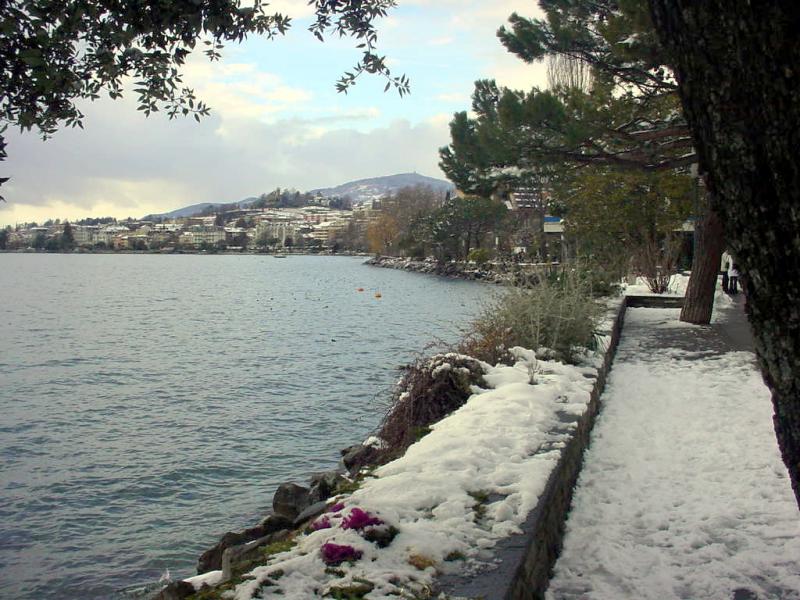Pictures of: Switzerland
Location map
Airports
Hotels and other Accommodation
Golf Courses
What to visit
Where to Eat
Where to have fun
Consulates & Embassies
World Nomads
The Travel Insurance with the largest coverage

The Travel Insurance with the largest coverage

Switzerland
Switzerland officially Confederation Switzerland is a federal republic made up of 26 states, called cantons, with Bern as the seat of federal authorities. The country is situated in central Europe, where it borders Germany in the north, France in the west, Italy in the south, and Austria and Liechtenstein in the east.
Switzerland is a landlocked country whose territory is geographically divided between the Jura, the Swiss Plateau and the Alps, totaling an area of 41 285 km². The Swiss population is approximately 7.8 million and is mainly concentrated on the plateau, where the largest cities in the country are located. Among them are the two global cities and economic centers of Zurich and Geneva. Switzerland is one of the richest countries in the world. Zurich and Geneva were ranked as the cities with the best quality of life in the world, ranking second and third respectively.
Switzerland is a landlocked country whose territory is geographically divided between the Jura, the Swiss Plateau and the Alps, totaling an area of 41 285 km². The Swiss population is approximately 7.8 million and is mainly concentrated on the plateau, where the largest cities in the country are located. Among them are the two global cities and economic centers of Zurich and Geneva. Switzerland is one of the richest countries in the world. Zurich and Geneva were ranked as the cities with the best quality of life in the world, ranking second and third respectively.
Documentation
No visa is required for visitors from the EU with a valid identity card (citizen card) or passport.
Official language
German, French, Italian and Romansh.
Currency
Swiss franc
Tourism
In the colder months of the year, the land of accurate clocks, chubby cows, secret bank accounts and multifunctional pocket knives and tourists eager to enjoy the cold of the Alps, with plenty of hot chocolate and fondue in the warmth of the fireplaces. But it is in the summer that one has the opportunity to experience the four seasons at once. While Zurich residents enjoy the warmer months to bathe in the limpid waters of the Limmat River, in the more than 200 Swiss ski centers the everlasting snow peaks guarantee sub-zero temperatures whatever the time of year. In this "hot, cold" game, the fantastic rail network plays a key role. The tourist embarks in the summer heat and lands, with gloves, scarf and chattering teeth, in mountains with temperatures below freezing.
Gastronomy
Swiss cuisine is considered "borderline" due to the strong influence of the cuisine of neighboring countries: Germany (north), France (west), Italy (south) and Austria (east). With such cultural multiplicity, it was inevitable not to reflect foreign influences on their cuisine. The result is a valuable culinary mosaic of irresistible attractions to the taste.
From the Middle Ages comes a trademark of Switzerland: the foundue. Made with gruyère or emmenthal cheese, it is served in a pan known as coquelon, placed over an alcohol cooker, where pieces of bread, skewered or stuck to a fork, are dipped in the melting cheese mixture. The variants found in meat, shrimp, chocolate or fruit are not typically Swiss, but rather the creativity of other peoples.
From Germanic traditions, the Swiss inherited the variety of sausages as well as recipes from hearty stews, pork roasts and lambs. Of the neighboring French cuisine, among so many influences, one of the most striking and popular is the "papet vaudois", typical of the region near Lake Geneva. It consists of a veal stuffed with veal or chicken, served as a starter or snack.
From neighboring Italy we bring "Reissuppe mit maroni", a rice soup prepared with chestnuts, Parmesan cheese and spices. It is also from the region that delicious parmesankörbchen comes to us, a mixture based on parmesan cheese, cornmeal, wheat flour and a salad of various vegetables.
Interestingly, Switzerland has become the best chocolate producer in the world. Cocoa, however, is the fruit of tropical regions, and chocolate is considered a Mexican invention brought to Europe by the colonizers. Still, the careful elaboration and strict control over production has built the credibility that makes Switzerland the homeland of chocolatras.
From the Middle Ages comes a trademark of Switzerland: the foundue. Made with gruyère or emmenthal cheese, it is served in a pan known as coquelon, placed over an alcohol cooker, where pieces of bread, skewered or stuck to a fork, are dipped in the melting cheese mixture. The variants found in meat, shrimp, chocolate or fruit are not typically Swiss, but rather the creativity of other peoples.
From Germanic traditions, the Swiss inherited the variety of sausages as well as recipes from hearty stews, pork roasts and lambs. Of the neighboring French cuisine, among so many influences, one of the most striking and popular is the "papet vaudois", typical of the region near Lake Geneva. It consists of a veal stuffed with veal or chicken, served as a starter or snack.
From neighboring Italy we bring "Reissuppe mit maroni", a rice soup prepared with chestnuts, Parmesan cheese and spices. It is also from the region that delicious parmesankörbchen comes to us, a mixture based on parmesan cheese, cornmeal, wheat flour and a salad of various vegetables.
Interestingly, Switzerland has become the best chocolate producer in the world. Cocoa, however, is the fruit of tropical regions, and chocolate is considered a Mexican invention brought to Europe by the colonizers. Still, the careful elaboration and strict control over production has built the credibility that makes Switzerland the homeland of chocolatras.
Weather
The climate in Switzerland is temperate with a wide range between mild summers and harsh winters. Below the Alpine range, the weather is warmer than in the North. In climatic terms Switzerland can be divided into four regions: the extreme south, the Alps, the central massif and the Jura. Temperatures range from low temperatures in mountainous and winter to mild temperatures in summer as in Estio season the country is faced with an anticyclone while in winter there is a cold front from Siberia causing abrupt drops in temperature, especially during the night.
The weather in Switzerland varies greatly from place to place. The most precipitation occurs in Rochers de Nave, near Montreux with about 260 cm per year. Precipitation is generally higher in the western part of the country where clouds of Atlantic origin form. The southern part also has high precipitation due to the effects of cloud bus in the Alps: in Lugano the precipitation reaches 175 cm. One of the most striking features of the Swiss climate is the strong, hot wind that forms in the south, called Vento Föhn. The sunshine in Switzerland is approximately 1700 hours per year, with peaks in places in the Valais where the sun can last about 2300 hours per year.
The weather in Switzerland varies greatly from place to place. The most precipitation occurs in Rochers de Nave, near Montreux with about 260 cm per year. Precipitation is generally higher in the western part of the country where clouds of Atlantic origin form. The southern part also has high precipitation due to the effects of cloud bus in the Alps: in Lugano the precipitation reaches 175 cm. One of the most striking features of the Swiss climate is the strong, hot wind that forms in the south, called Vento Föhn. The sunshine in Switzerland is approximately 1700 hours per year, with peaks in places in the Valais where the sun can last about 2300 hours per year.
Security
Security conditions in Switzerland are generally very satisfactory. Crime rates are insignificant, both in urban centers and in the province. However, visitors should take into account the existence of a small crime (theft) at bus and train stations, airports and public transport, as well as large commercial spaces, particularly in urban areas.
In urban areas, particular attention should be paid to the fact that tramways do not give pedestrians priority and therefore do not stop at crosswalks.
In urban areas, particular attention should be paid to the fact that tramways do not give pedestrians priority and therefore do not stop at crosswalks.
Health
The health network is excellent, with a vast public and private healthcare service in every city in the country. Community rules apply, and the European Health Insurance Card is essential for access to medical and hospital care (emergencies). No vaccine is required to enter Switzerland.
Electricity and Telecommunications
Electricity
The electricity is 230V and 50 Hz.
It is advisable to have a universal outlet adapter kit.
Telecommunications
Switzerland has a good fixed and mobile telecommunications network, integrating the latest technologies and providing the most advanced telecommunications services, including the possibility of using 3G and 4G mobile phones.
The electricity is 230V and 50 Hz.
It is advisable to have a universal outlet adapter kit.
Telecommunications
Switzerland has a good fixed and mobile telecommunications network, integrating the latest technologies and providing the most advanced telecommunications services, including the possibility of using 3G and 4G mobile phones.
Other tourist destinations in:
Switzerland
Switzerland
Other world tourist destinations
Why to book with ROTAS TURISTICAS
The best prices
Our partnerships with the world´s largest operators offer research on the best market prices.
More options
At Rotas Turisticos you can book the hotel, buy the air ticket, book the transfer from the airport to the hotel and vice versa, book the local excursions, rent the car, take travel insurance and consult the places to visit and where to go.
Holiday Tips & Destinations
Hundreds of holiday destinations with all the options that allow you to easily choose the destination that best suits your dream vacation.
ROTAS TURISTICAS
Links




